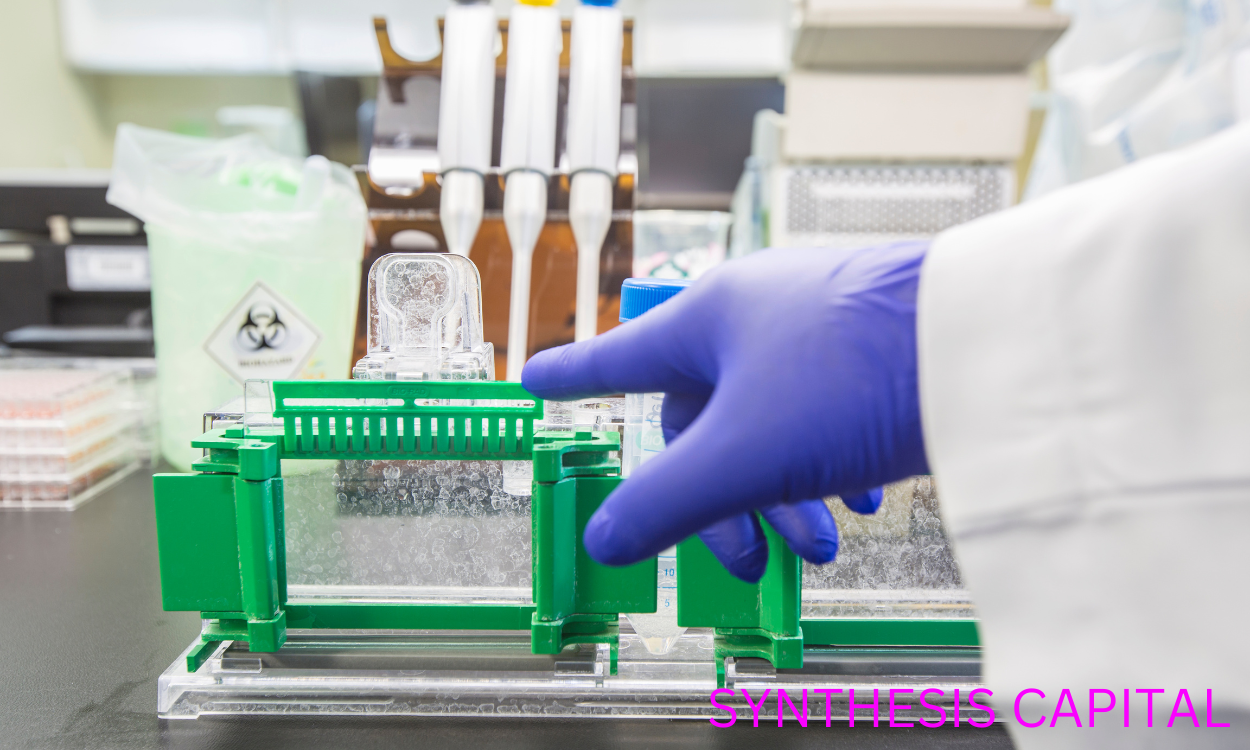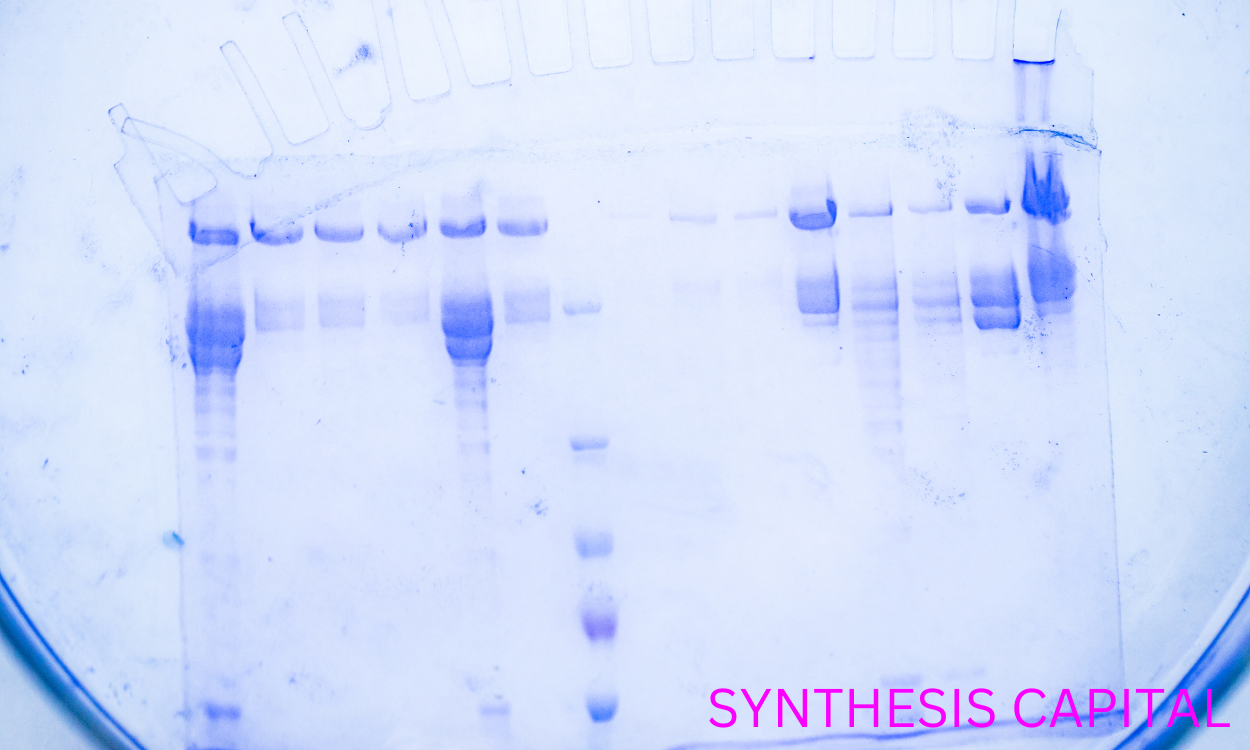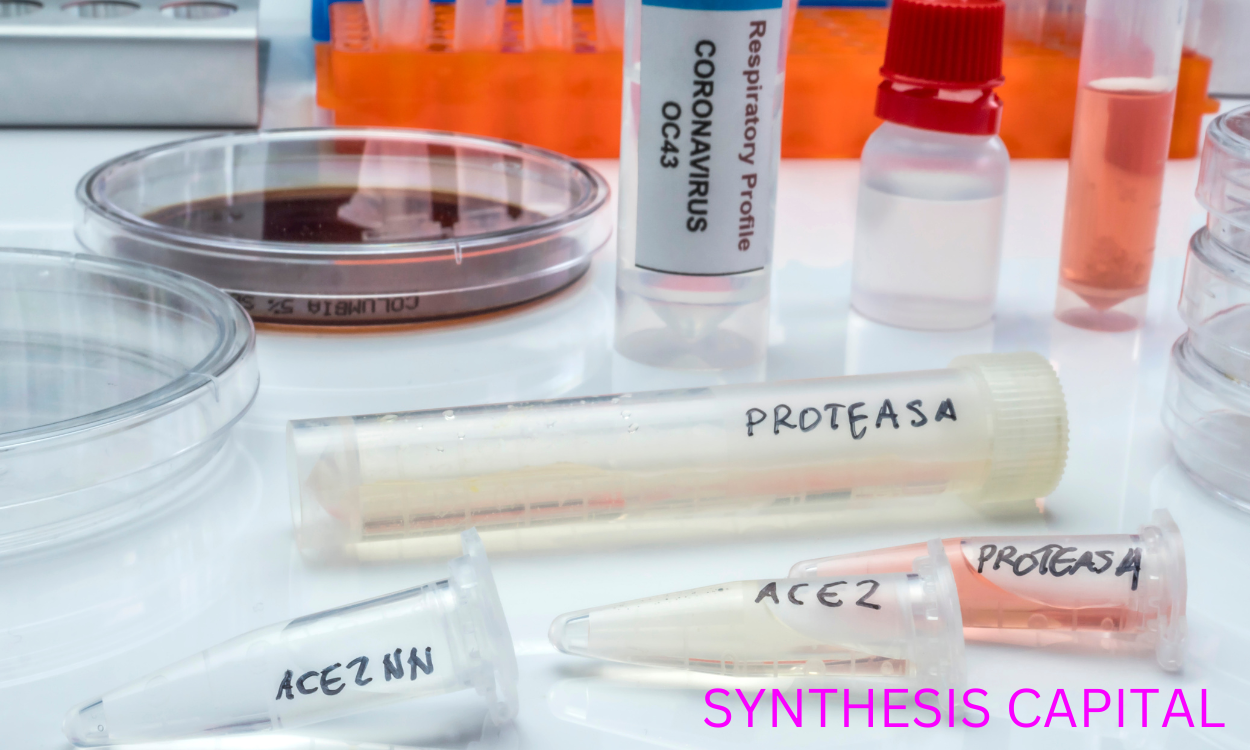Extraction is a crucial step in the process of cell fractionation, a technique used to separate and isolate different components of a cell for further analysis. By breaking down the cell membrane and releasing its contents, extraction allows researchers to study the functions and interactions of specific organelles and molecules within the cell. Different extraction methods, such as differential centrifugation and density gradient centrifugation, are utilized to separate cellular components based on their size, shape, and density. This process plays a vital role in understanding cellular processes, identifying biomarkers, and developing new treatments for various diseases.
Common Techniques for Cell Extraction in Fractionation Processes
Cell extraction in fractionation processes typically involves a combination of physical and chemical techniques to break down cell walls and membranes in order to isolate specific components. Commonly used techniques include homogenization, sonication, and grinding to disrupt cells and release their contents. Differential centrifugation is then used to separate organelles and other cellular components based on their size and density. Additionally, detergents and enzymes may be used to solubilize membrane-bound proteins and lipids. Overall, these techniques work together to effectively extract and separate cellular components for further analysis and purification in fractionation processes.

Optimizing Cell Extraction Efficiency in Fractionation Procedures
The efficiency of cell extraction in fractionation procedures can be optimized by carefully selecting the appropriate extraction method based on the type of cells being studied, ensuring proper disruption of cell membranes to release cellular contents, using gentle and effective lysis buffers, utilizing appropriate centrifugation speeds and times to separate cellular components, and employing techniques such as differential centrifugation or density gradient centrifugation to further purify specific organelles or molecules of interest. Additionally, optimizing the timing and temperature of each step, as well as maintaining a consistent and controlled environment throughout the extraction process, can help maximize the yield and purity of extracted cellular components.
Factors influencing cell extraction success during fractionation
The success of cell extraction during fractionation is influenced by various factors such as the type of cell being extracted, the method of fractionation being used, the purity and integrity of the cells, the efficiency of the cell disruption process, the choice of buffers and detergents, the temperature and pH conditions during extraction, and the skill and experience of the researcher performing the procedure. Additionally, the presence of contaminants or inhibitors in the sample, as well as the size and complexity of the cellular components being isolated, can also impact the success of cell extraction during fractionation. By carefully considering and optimizing these factors, researchers can enhance the efficiency and yield of cell extraction in order to obtain high-quality fractions for further analysis and study.
Are there any potential challenges or limitations associated with cell extraction in fractionation?
Some potential challenges or limitations associated with cell extraction in fractionation include low cell viability due to the harsh extraction methods used, difficulty in maintaining the integrity of cellular components during the process, contamination of the extracted material with unwanted cellular debris or organelles, and the possibility of incomplete extraction leading to inaccurate fractionation results. Additionally, variations in cell size, shape, and composition can also pose challenges in achieving consistent and reproducible extraction outcomes. Proper optimization of extraction protocols and utilization of advanced techniques such as gradient centrifugation or fluorescence-activated cell sorting may help mitigate some of these challenges in cell fractionation processes.
How does the choice of buffer solution impact cell extraction in fractionation?
The choice of buffer solution can significantly impact cell extraction in fractionation by influencing the pH, ionic strength, and overall stability of the cellular components being extracted. Buffer solutions help maintain a constant pH level, which is crucial for preserving the structure and function of proteins and other biomolecules during the extraction process. Additionally, the ionic strength of the buffer solution can affect the interactions between the cellular components and the extraction medium, ultimately impacting the efficiency and yield of the fractionation process. Furthermore, the compatibility of the buffer solution with the specific cellular components being extracted is essential to ensure their stability and integrity throughout the fractionation procedure. Ultimately, selecting the appropriate buffer solution is essential for achieving successful cell extraction and obtaining pure fractions for further analysis or downstream applications.

What role do detergents play in cell extraction during fractionation?
Detergents play a crucial role in cell extraction during fractionation by disrupting the lipid bilayer of cell membranes, leading to the solubilization of membrane-bound proteins and organelles. By interacting with hydrophobic regions of proteins and lipids, detergents effectively disrupt the integrity of cellular extraction in cell fractionation structures, allowing for the release and isolation of different cellular components based on their solubility properties. This process is essential for the separation and purification of specific biomolecules within cells, enabling further analysis and characterization of their functions in biological systems.
Can different types of cells require different extraction methods in fractionation?
Yes, different types of cells can require different extraction methods in fractionation due to variations in their cell compositions and structures. For example, certain cell types may have more rigid cell walls or membranes that require harsher extraction techniques to break down, while others may be more delicate and sensitive to harsh treatments. Additionally, the presence of specific organelles or proteins within different cell types may necessitate specialized extraction methods to effectively isolate and separate these components for further analysis. Therefore, selecting the appropriate extraction method tailored to the unique characteristics of the cell type being studied is crucial for achieving successful fractionation and obtaining accurate results.
How does the size and composition of the cell affect the extraction process in fractionation?
The size and composition of the cell play a crucial role in the extraction process during fractionation. Larger cells with thicker cell walls require more intense mechanical disruption to release their contents, while smaller cells may be more easily lysed. Additionally, the composition of the cell membrane and organelles can impact the efficiency of extraction, as certain molecules or structures may impede the release of desired components. Understanding the size and composition of the cell being fractionated is essential for optimizing the extraction process and obtaining high yields of the target molecules.
The Role of Extraction Methods in Cell Fractionation
1. Extraction is a key step in cell fractionation that involves separating cellular components based on their solubility in different solutions.

2. Different extraction buffers are used to selectively extract specific cellular components such as proteins, lipids, and nucleic acids.
3. The choice of extraction buffer and conditions (pH, temperature, etc.) can greatly impact the efficiency and specificity of extraction.
4. Gentle homogenization techniques are often used to disrupt cell membranes and release cellular components before extraction.